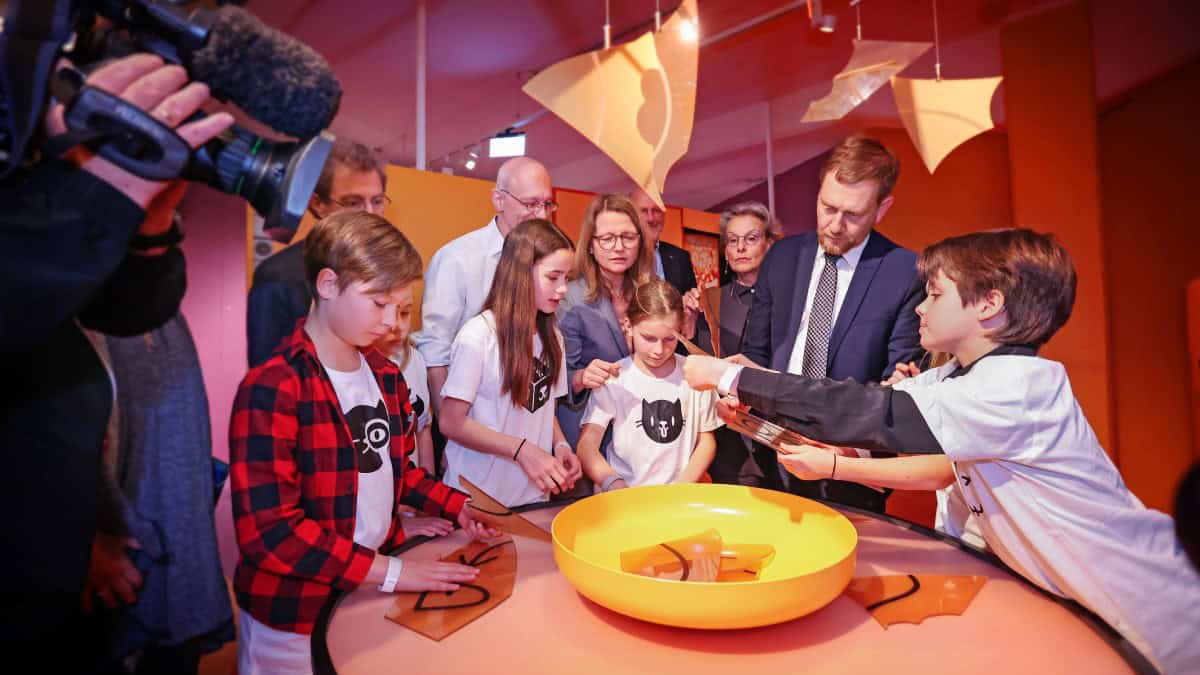Astronomers have uncovered something surprising while looking 13 billion years into the past using the James Webb Space Telescope (JWST). They’ve spotted supermassive black hole-powered quasars that appear to be hanging out in isolation. This is odd because, according to current theories, black holes need to be surrounded by a lot of material to grow quickly. But these quasars seem to be in areas with little to no fuel to support such growth, leaving scientists scratching their heads.
Unusual Quasar Fields
A team led by Anna-Christina Eilers, an assistant professor of physics at MIT, studied five of the earliest known quasars. While some were in environments packed with matter, others were almost empty, which was unexpected. Typically, quasars need dense surroundings to grow their black holes, but these particular ones seem to be growing without the usual supply of gas and dust. As Eilers put it, “It’s difficult to explain how these quasars grew so massive if there’s nothing nearby to feed them.”
Challenges to Black Hole Growth Theories
In the present universe, supermassive black holes sit at the center of galaxies and feed on surrounding matter, creating the bright phenomenon we know as quasars. The newly discovered quasars, however, appear to lack the necessary resources. This raises a big question: how did these black holes grow so fast in such a short time? Right now, the existing theories about black hole formation don’t seem to explain what the JWST is showing.
The Next Steps
This discovery raises more questions than it answers. The team thinks it’s possible that some of these seemingly “empty” quasar fields might actually be hiding material behind cosmic dust. They’re now planning to tweak their observations to see if they can find what’s been missed. What’s clear is that we’re still far from understanding how these supermassive black holes came to be so early in the universe’s history.









